The elephant conflict with humans in Sri Lanka

(The Puffin Post) Post-war Sri Lanka is beautiful. The bloody conflict between Tamils and Sinhalese which lasted over 25 years is at least on paper history since 2009. Estimates of the death toll of the lengthy Sri Lankan Civil War range up to 70,000.
Travelling though the island nowadays the chances are low that one would feel the ongoing enmity between Sinhala nationalists and the minority Tamils. Travelling through the country for three weeks this summer I have not witnessed any form of ethnic division among the civilians.
But we (my wife and I) witnessed another conflict that we did not expect to find on that exotic island. Here is the story of why I looked into this issue.
No matter where in Asia you are, riding Tuk-Tuks (three-wheeler) is always an experience. The promise to myself after a wild ride in Bangkok
I will never sit down in such a yoke ever again
lasted not even a single day. Overall, they are fun to ride with and of course cheap.
So we decided to book a Tuk-Tuk for a full day. Our plan was to head from Dambulla to the ancient city of Polonnaruwa and our way back we wanted to visit the Sigiriya Rock (Lion Rock) for which Sri Lanka’s landscape is famous for.
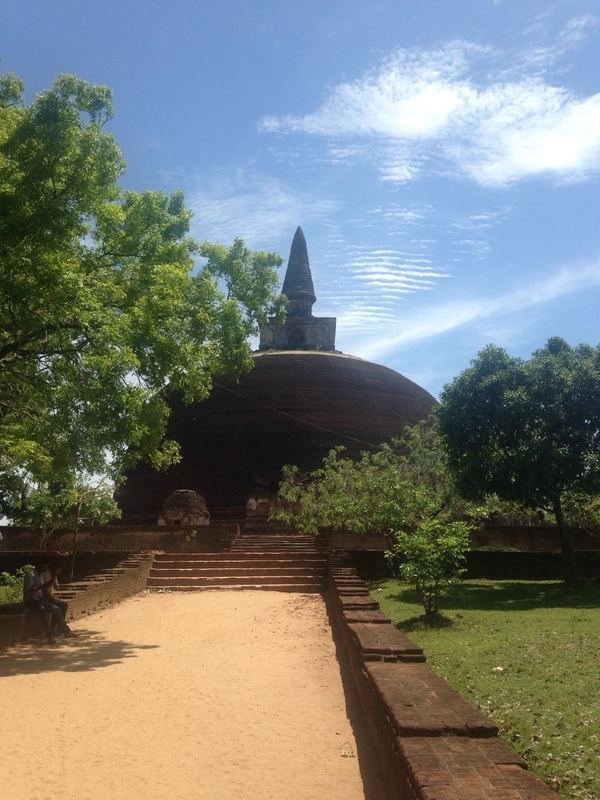
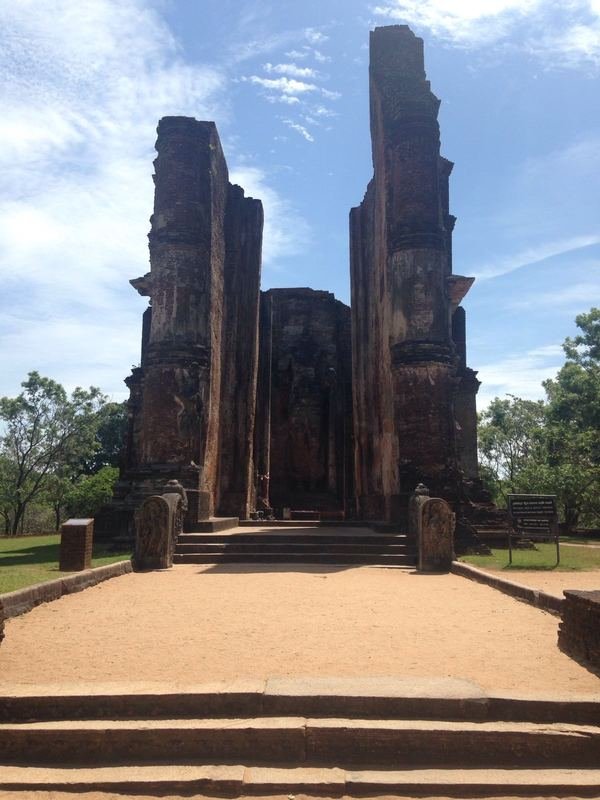
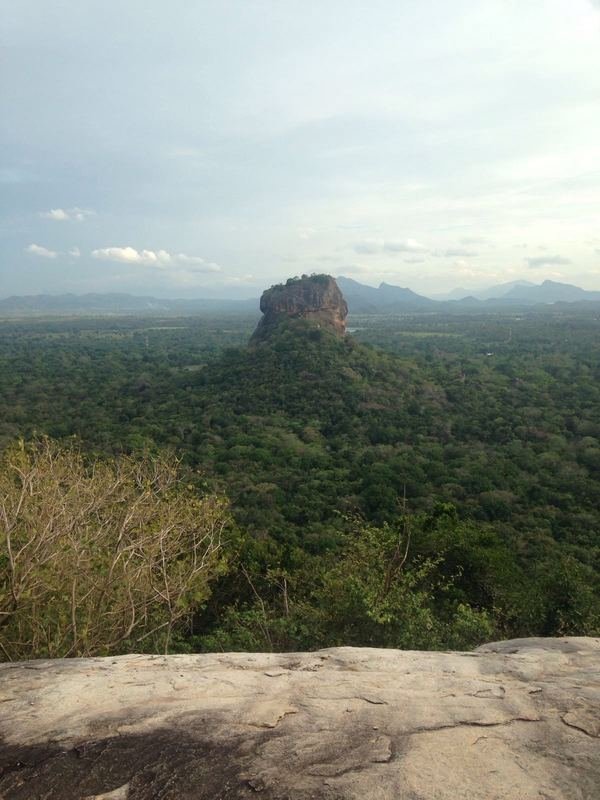
Photos of monumental ruins from our visit of the Ancient City of Polonnaruwa and of the Sigiriya Rock
On our way to the ancient city we already stopped for a few minutes. We left the road and just went a couple of meters into a field, where in the distance we saw our first wild elephants on the trip. A herd was grassing far away from us. We felt so lucky. Little did we know that we would see a couple of them close by on the same day.
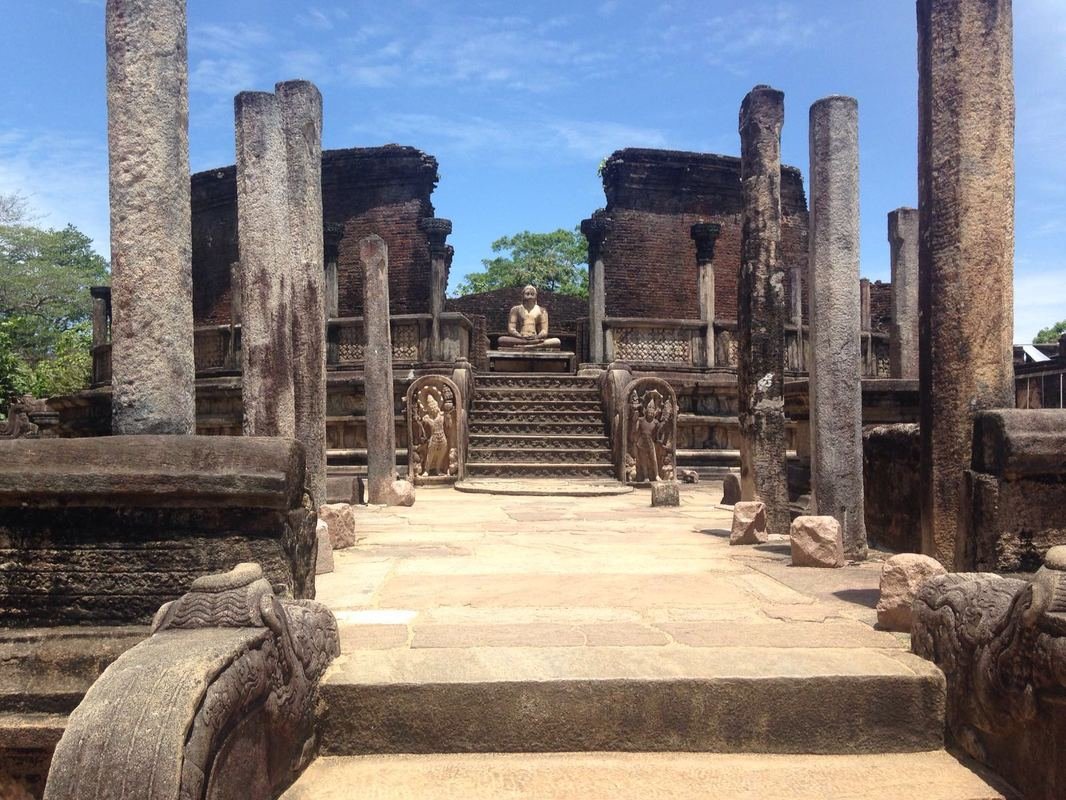
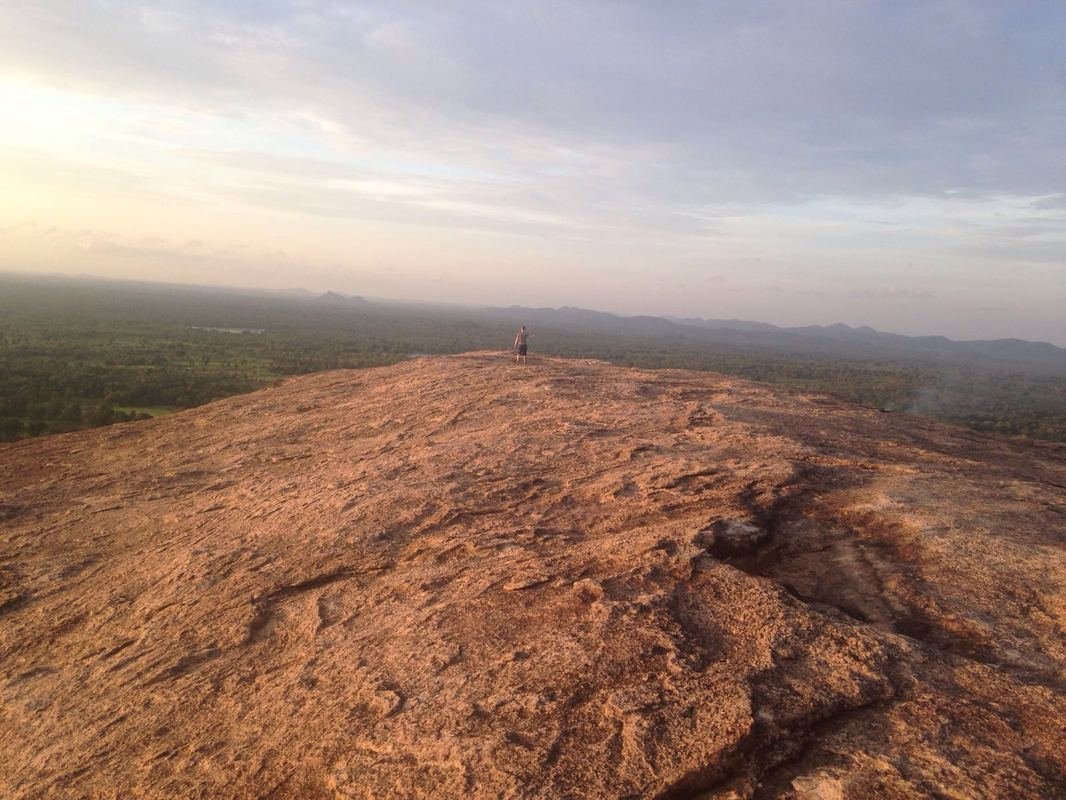
Ancient City of Polonnaruwa and me enjoying the landscape in the Matale District
After exploring the history and culture of Sri Lanka in the ancient city we were back on the roads and soon back in nature again.
Cars started honking. Our driver turned back and said:
“Police or elephant must be here. Both not good.”
We started laughing. He told us before the chance to see wild elephants on our journey in the evening was high. They would often come to the road. We were excited. The first one we did not spot immediately.
Like a sit-and-wait predator he remained motionless and hidden in the bushes.
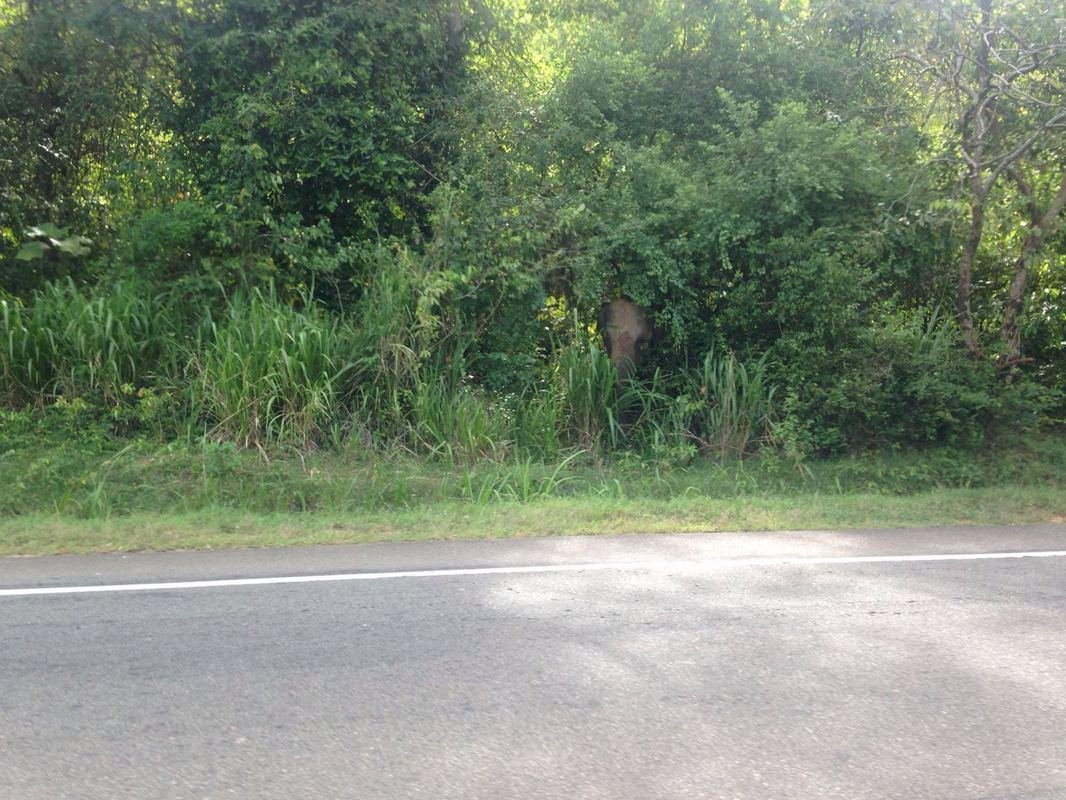
My wife managed to catch this moment. A photo that indicates the conflict.
I was thinking:
"This powerful animal can crush our Tuk-Tuk easily."
But besides a little tension in the air the situation was calm. The elephants were just out for a stroll around. Fields, jungle and roads – it was all their territory. Behind us they entered the road for a couple of minutes. Our driver stopped and asked us to stay inside so we could follow what was going on and take some photographs.
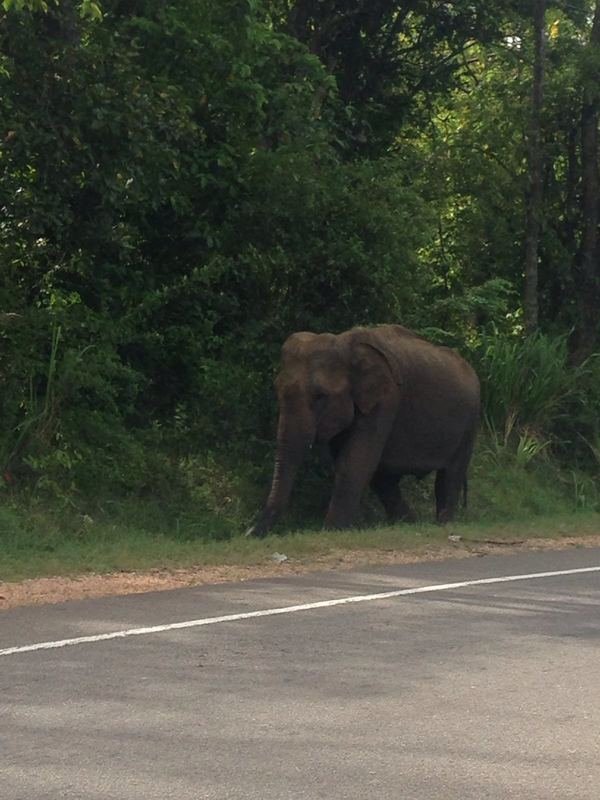
A road leads through the habitat of this elephant.
What I really enjoyed in that moment is something that in the retro perspective sends me a bit of a cold shiver down the spine.
The following anecdote the driver told us made me look into the fatalities of humans in Sri Lanka by elephants:
“A couple of days ago a person got out his car and wanted to take a selfie with an elephant. He approached the animal backwards in the lookout for a good picture and was not able to see the warning signals the elephants sent out. Next he was trampled to death.”
While this accident could have happened anyway with a wild animal, it was the first of plenty more elephant killing stories we heard in the following weeks. I was not sure if he was saying the truth, maybe doubting that someone could take such a risk for selfie but the story turned out to be true. I just found out. We were there at the end of May and this newspaper article lists the selfie death and another fatality caused by an elephant at around the same time and even in the same area in Sri Lanka.
As in the following days we heard about further elephant accidents I questioned myself:
- Is this normal?
- Why are there so many of these sad stories for such a small country?
To the first question the statistics say: No, absolutely not.
In Sri Lanka 50 people are supposed to be killed by elephants each year. In India the estimate ranges from 150 – 200 fatalities a year by elephants. (Source)
Considering the population of India of over 1,2 billion and in comparison tiny Sri Lanka of around 20 million, the results of this comparsion are clearly disproportionate.
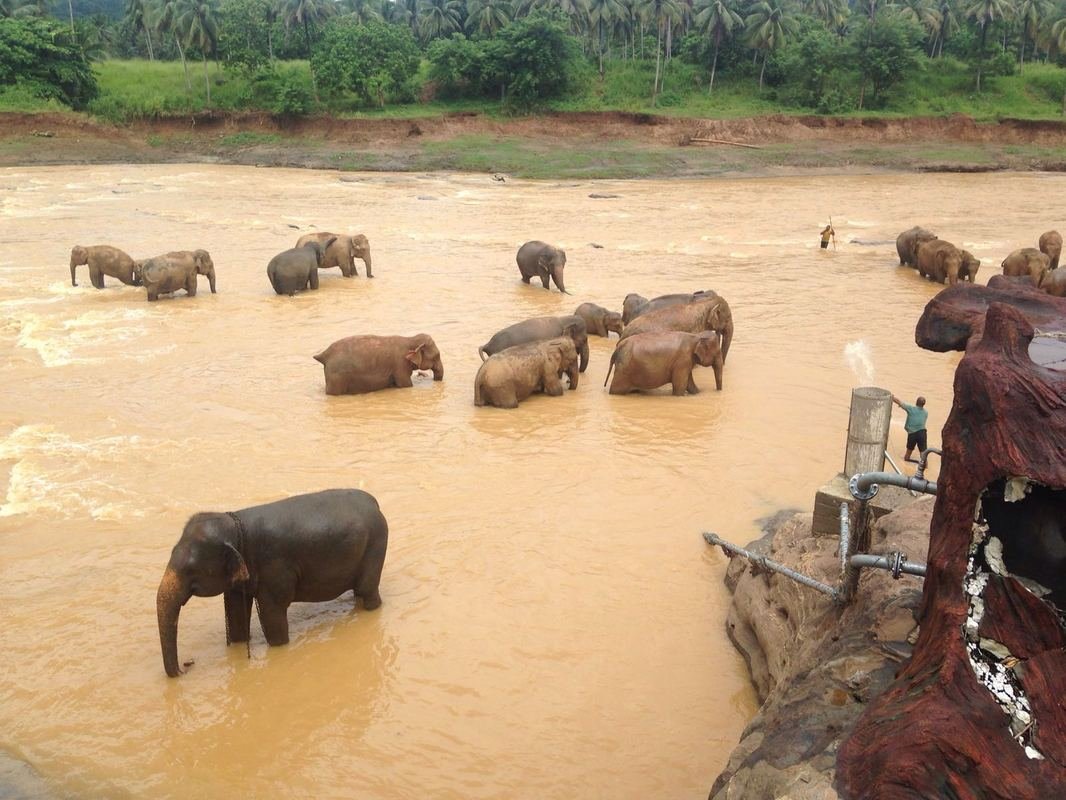
I took this photo at the Pinnawala Elephant Orphanage, Sri Lanka
Deathly accidents caused by elephants per capita are 15 to 20 times higher in Sri Lanka than in India.
| / | India | Sri Lanka |
|---|---|---|
| Population | 1.200.000.000 | 20.000.000 |
| Fatalities caused by elephants | 150 - 200 | 50 |
| Fatalities per capita | 0,0000001667 - 0,0000001250 | 0,0000025000 |
Sri Lanka obviously has an issue in how these animals are being treated.
What are the reasons for this?
• Urbanization/diminishing natural habitat: Territory loss of elephants. If as I shared with you a road leads though their habitat a conflict is programmed. It intensifies if new villages are being built or villages enlarge. The shrinking habitat will chase elephants eventually on to the field of a farmer or a herd onto the railway.
• Lack of education: Lack of training on how to treat the animals for people who work with them or have a higher risk to meet wild ones them (such as farmers)
• Lack of animal welfare: A stricter animal welfare could prevent the farmer from attacking an elephant because he raiding his crops. While each year the deaths of 50 people are caused by elephants in Sri Lanka,
100 – 150 elephants are being killed. In a lot of the cases of human deaths the elephant just protected himself from being killed.
• A better investigation and harder punishments for the killings of elephants could prevent people from attacking the animals. I do not know how hard the punishment for killing an elephant is in Sri Lanka so my mention of a harder punishment is solely based solutions in theory. I did not examine whether this would feasible and ethically permissible.
• Too few national parks and animal reservations (and transports of animals to these)
I would love to read about your opinions on why this problem of the co-existence of elephants and humans is present in Sri Lanka and what solutions you can think of?

Click HERE to follow and see more of my posts (introduction post here & my last piece on the negative impact of avocado consumption here).
Your Puffin

